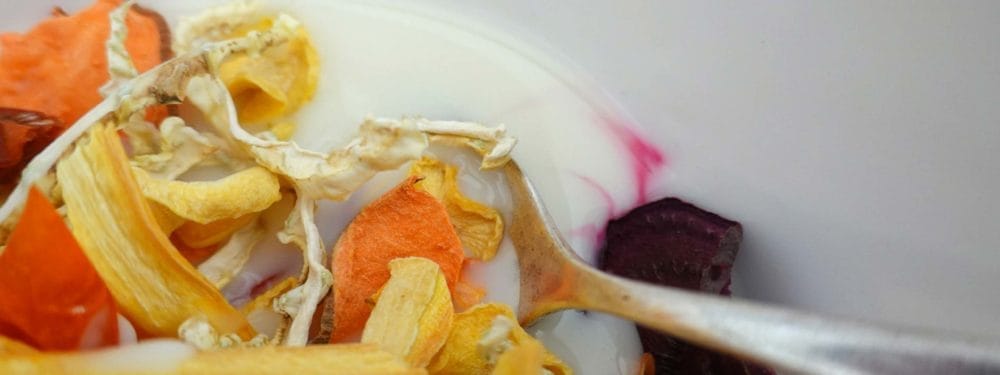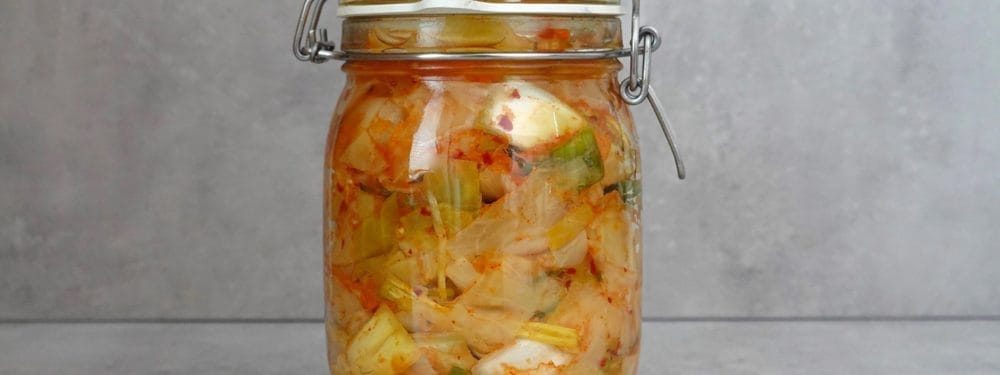An apple a day
We love apples. This is due to the region and typical products such as Äppler. Frankfurt is of course also known as Mainhatten and thus, so to speak, the Small Apple of cities or, even better, the Big Äppler.
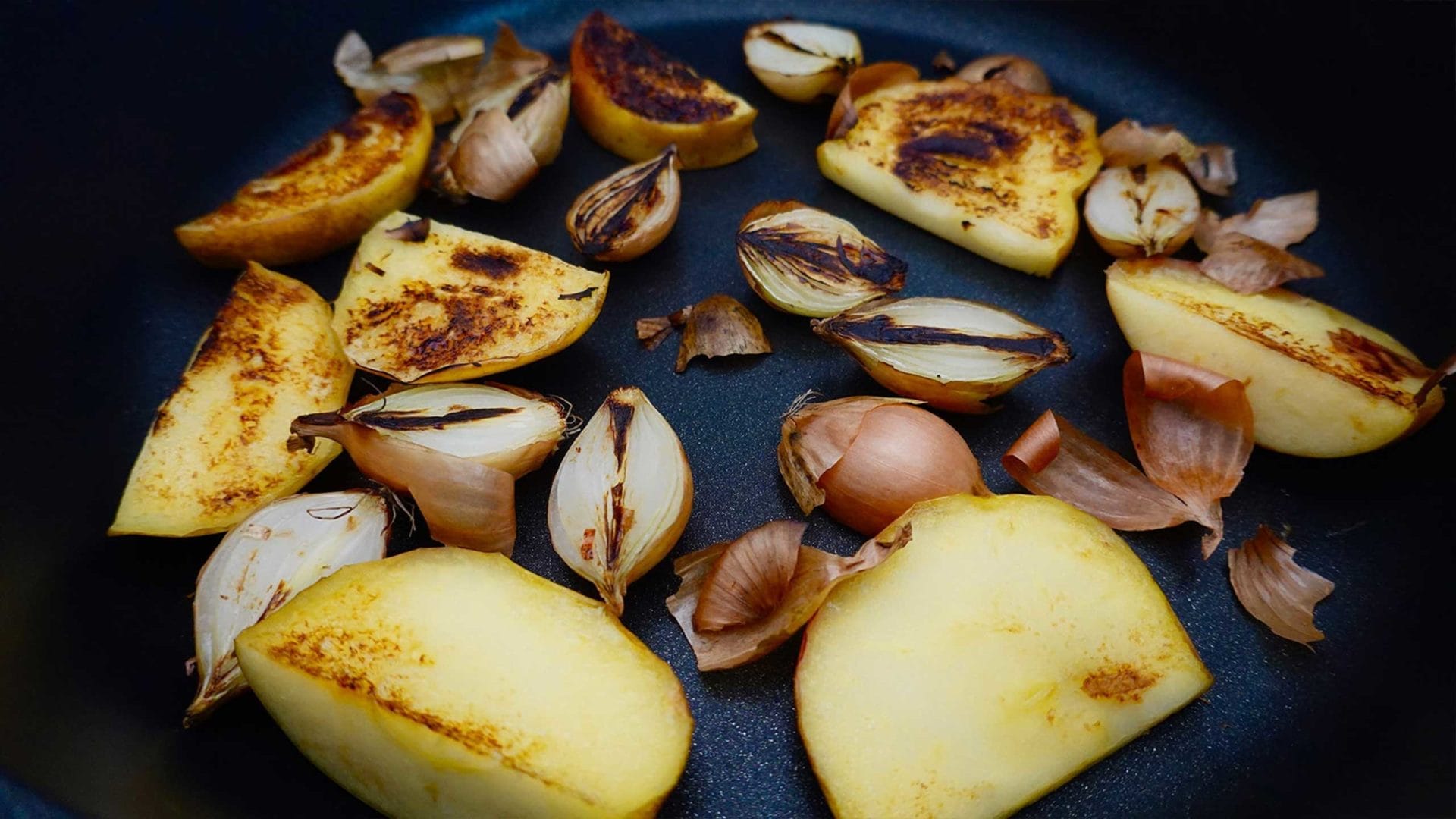
Hearty apple
Big is also the taste of our first apple spread. The idea with this spread is to make an apple-vegetable based Maggi, but emulsify it to make it spreadable. The original Maggi was developed in 1886 by Julius Maggi in Switzerland. By the way, he also designed the – almost iconic – packaging for it.
Produced from wheat via enzymatic hydrolysis processes, this popular all-purpose seasoning has left its mark on the taste of Germany. There is even Maggi herb or lovage is sometimes called so because it tastes like Maggi. However, lovage is not included in Maggi. The “German soy sauce” (soy was originally included) has also inspired artists. In addition to Joseph Beuys, also the Frankfurt-based artist Thomas Bayrle. So flavor enhancers are basically popular but often also controversial. We are not afraid of glutamate, which after all is present in many foods. We even try to get as much glutamate in our paste as possible, however, we don’t put glutamate in, we work it out.
Vegetable spread with apple maggi
To get the necessary strong base we use root vegetables. Roasted root vegetables, as every cook knows, add depth to sauces, and depth means nothing other than that incredibly satisfying flavor known as umami.
Root vegetables such as carrots, celery or leeks naturally contain glutamic acid, which is also found in meat. The inherent flavor as well as the process of roasting provides further complex flavors, with the Maillard reaction also playing a role.
To get natural glutamate for our Maggi, we take a bulb of celery and peel it. The skins are roasted very hot with halved onions. Important colorants are formed in the process (Maillard!). The vegetables are caramelized and get a smoky note. We also strongly roast the apples. The process is like putting meat on the grill: a steak also needs strong heat to develop toast and flavor. Now we give the vegetables a chance to compete with it. To infuse our Maggi mixture, we make a fresh apple juice. But before we juice the apples, we take out the seeds, we still need these for our spread with apple cores.
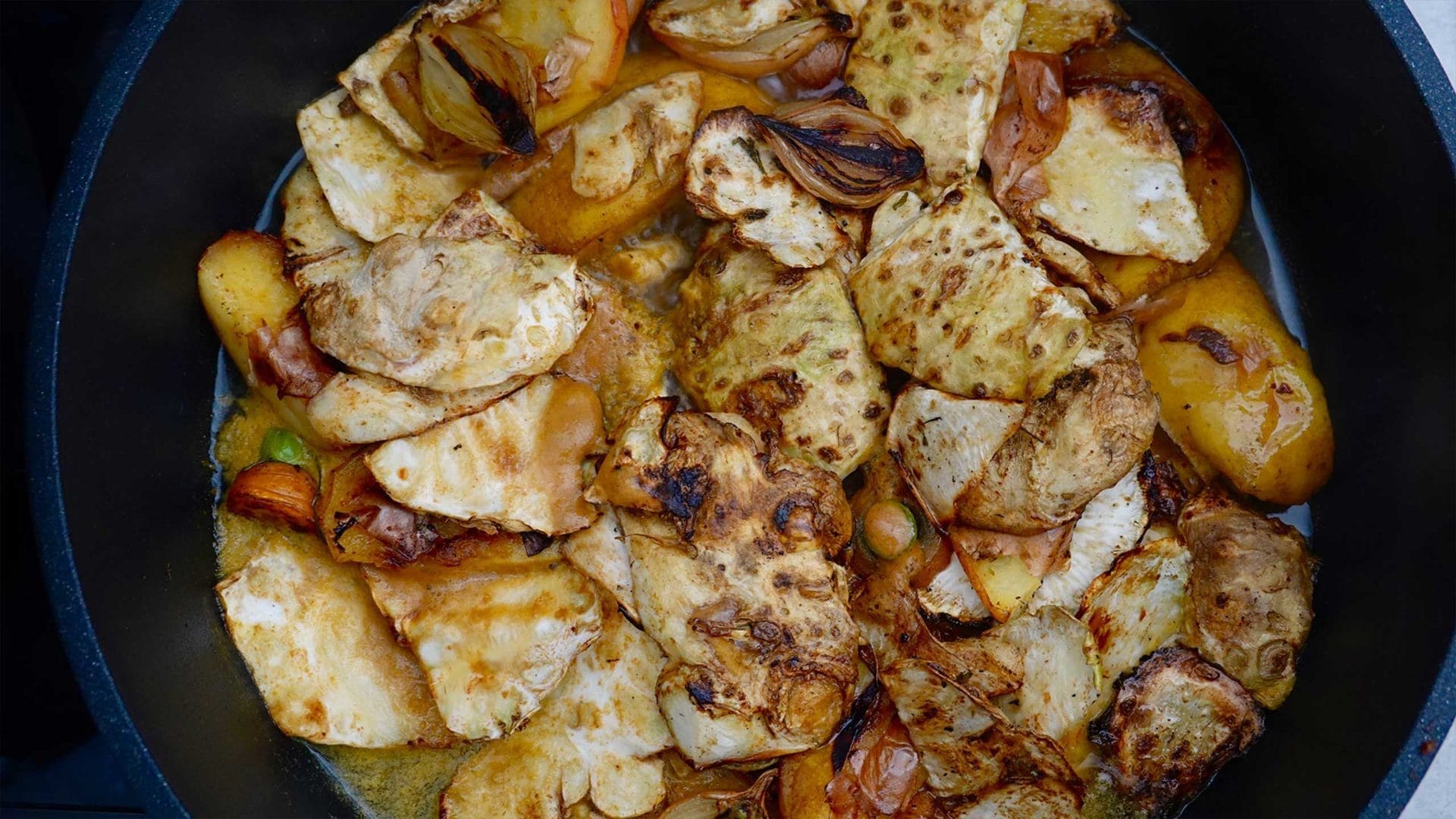
Now that we have roasted the celery, onion and apple, we put everything in a pot and fill it up with the fresh apple juice. We let this mixture simmer for 5-6 hours. Then we squeeze everything through a gauze cloth overnight. The next day we again roast two onions. This and the broth we reduce to 2-3 tablespoons. Thus, we gain an extreme concentration of natural umami givers. It is simple and yet very complex. To make a spread from it, we help ourselves to the leftover celery. This is cooked down very slowly with carrots and a little butter over 3-4 hours. In the process, the root vegetables begin to caramelize slightly. The vegetables lose water, but gain flavor. To obtain a spreadable consistency later, butter is helpful, which also supports the taste. Then emulsify the vegetables with the Maggi. With a few drops of apple juice we regulate the consistency, this should be “creamy spreadable”. We put the finely mixed spread in the refrigerator for a few hours and then mix it again. We get a buttery, creamy, fully aromatic vegetable spread. Magic? No, apple maggi!
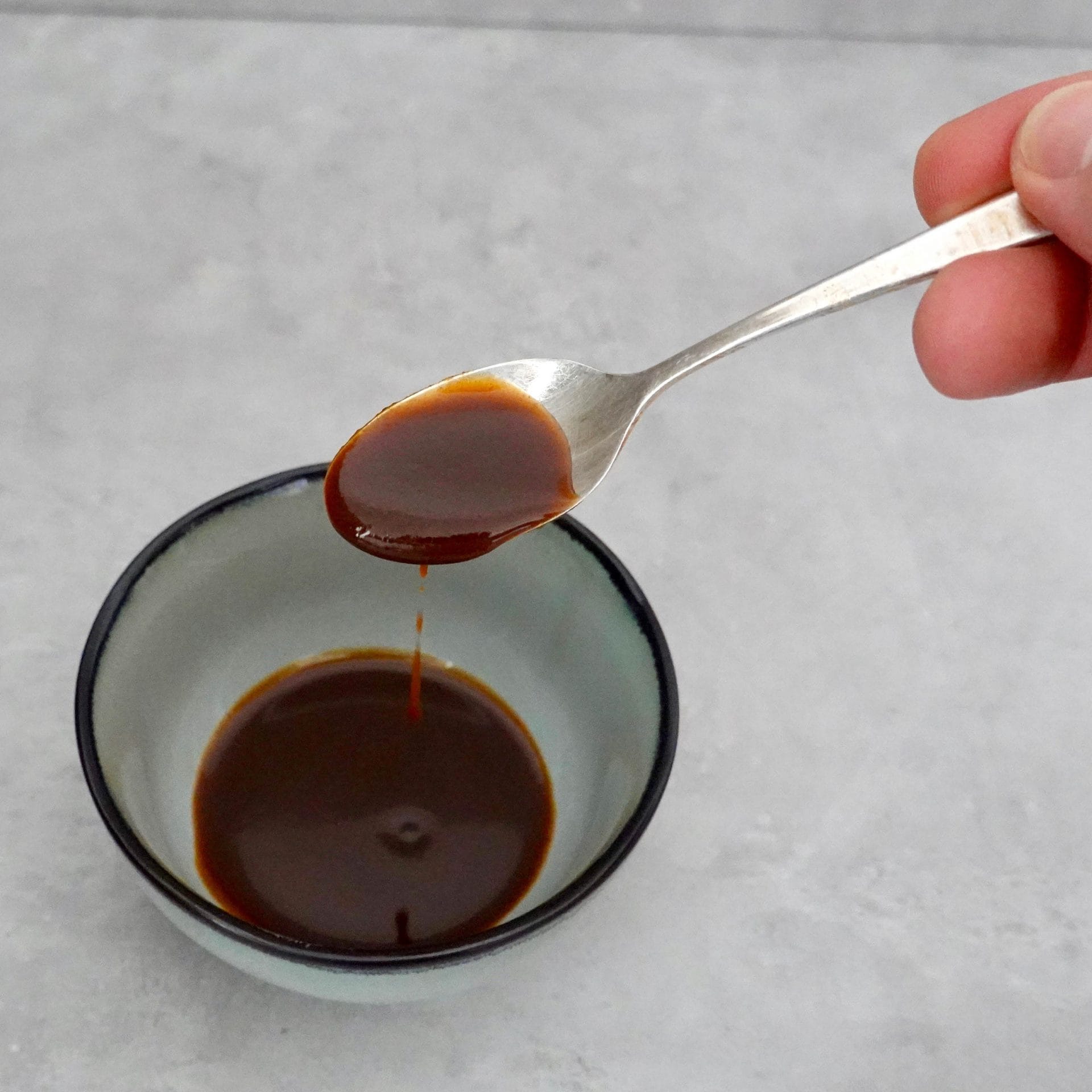
This was the first prank…
Nut spread with apple cores
…follows immediately.
We take as ingredients for this spread almonds, apple cores (the leftovers from apple juice production) and a chocolate with 42% cocoa content. First, we roast the almonds briefly in the oven. On the one hand, this creates roasted aromas that give our nougat a strong note, and on the other hand, we need the heat when mixing. This is important to heat the oil contained in the almond, which can then escape more easily during mixing, resulting in a fine creamy nut paste more quickly. When we open the oven, an intense smell of nuts shoots out at us, which makes us want to eat the spread. Then we put the almonds in the mixing bowl with powdered sugar. These two ingredients are now finely mixed for 15-20 minutes. The high speed generates additional heat, we reach temperatures of over 100 °C.
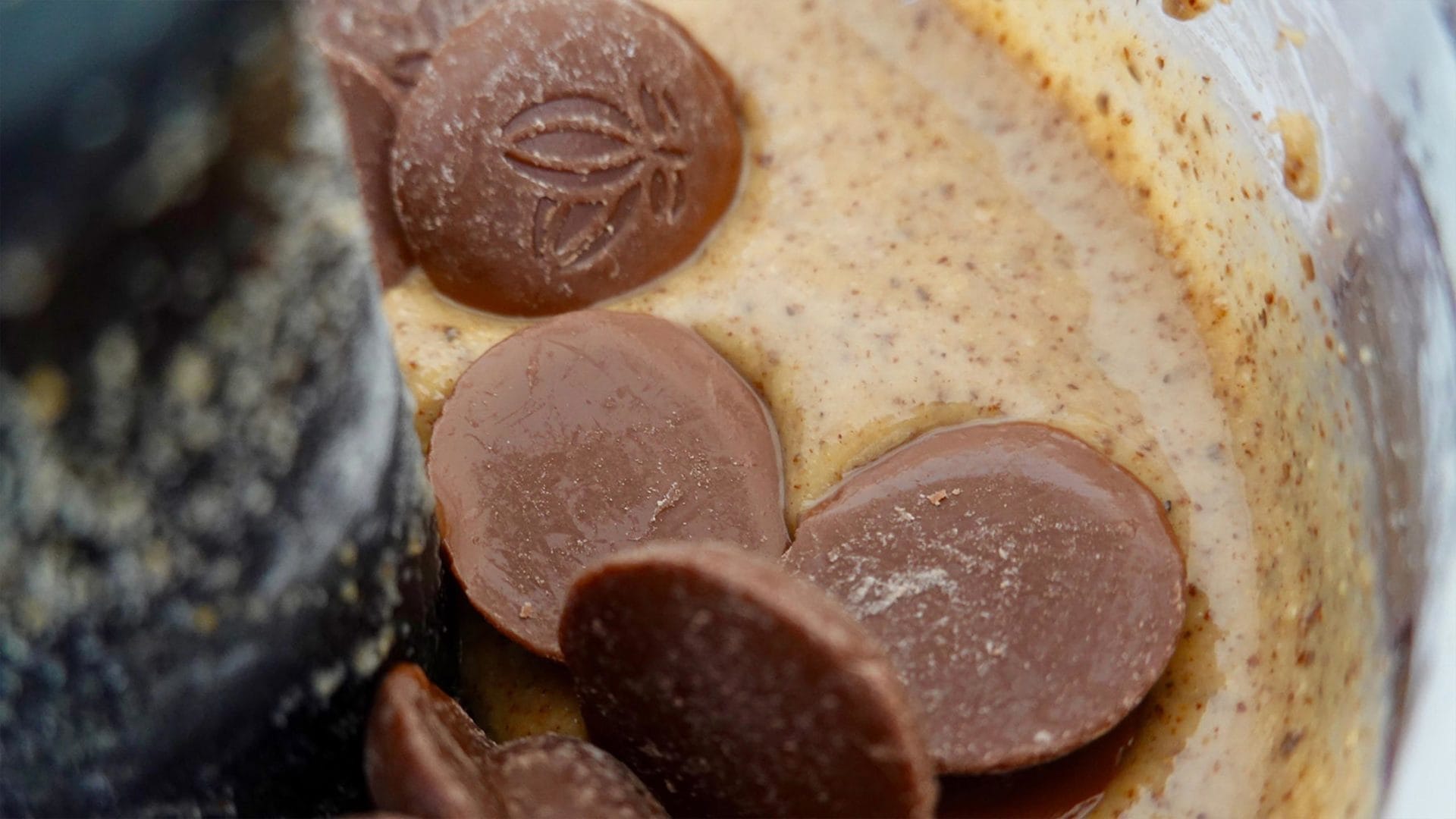
Once the resulting “nut puree” is fine enough, we can add the chocolate. In our mead project, we made apple juice ourselves. In the process, we noticed the cores. If you put the apple aside and deal only with the seeds, you get to know a whole different world of flavors of the apple.
The seeds have a slightly bitter note, this may come from the small amount of amygdalin. Don’t worry, this small amount is not enough for hydrogen cyanide poisoning! We find this slight bitterness combined with the tart nutty tones and the slightly floral notes of the chocolate very fitting. The apple cores also give the spread a certain crunch. For further experimentation, however, we see the apple seeds more in the role of almonds, lightly roasted, finely ground, with chocolate to enhance the flavor of the seeds. We may also have to rethink the chocolate content, as we will get a completely different flavor with a larger proportion of apple seeds. But already a very interesting and tasty product has been created.
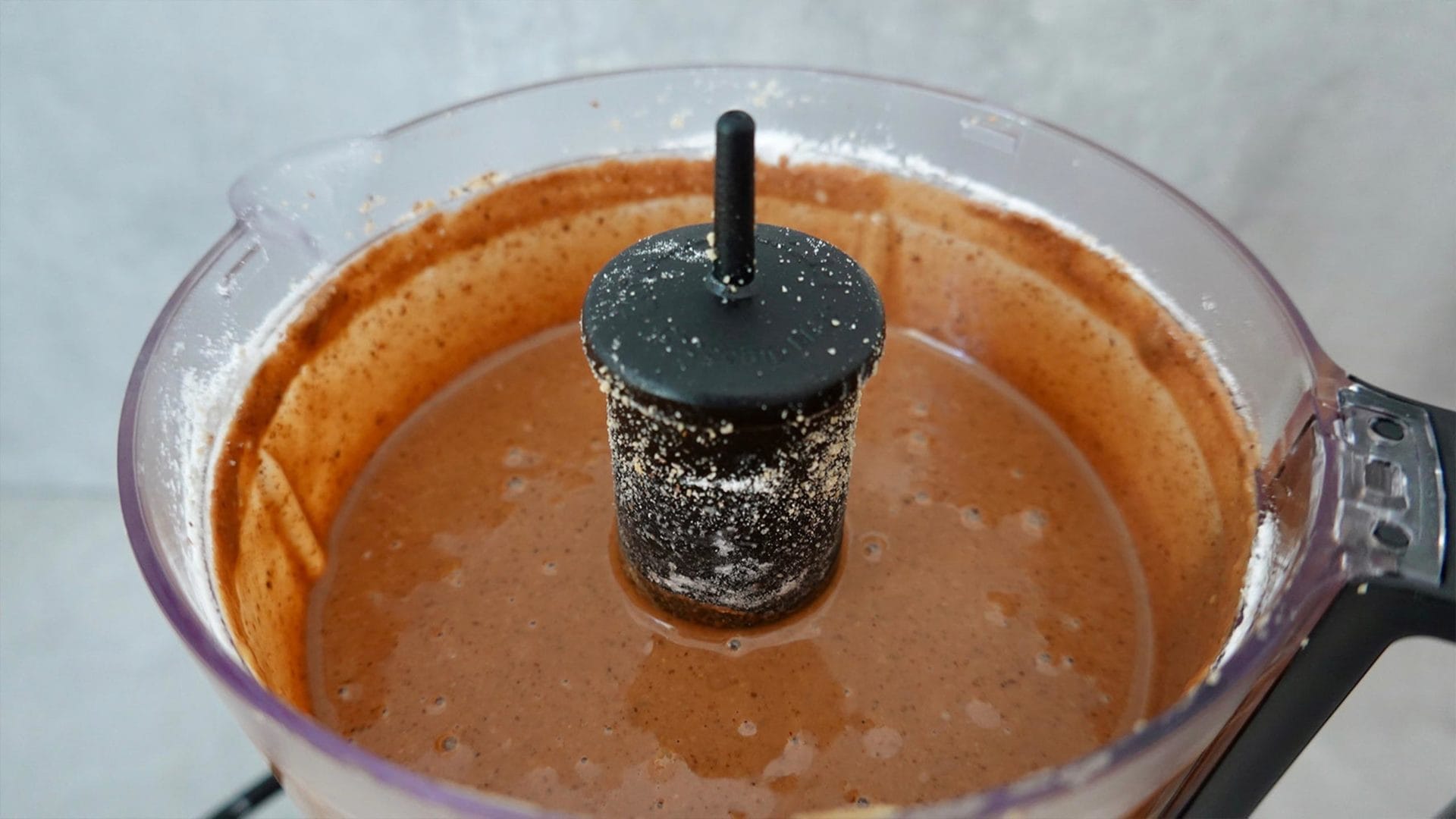
Lentil chutney with curry
The basis for this spread are red lentils. They contain many vitamins and fiber, and also have magnesium, which stimulates blood flow. We rinse the lentils briefly under running water, put them in a pot and cover them with fresh apple juice. We cut the Boskoop apple into fine cubes and add it to the lentils. The juice creates a fruity aroma, and the overcooked apple provides a creamy consistency. The lentils cook for about 10-20 minutes, a pleasant smell spreads in the kitchen, some must think of smells from grandma’s kitchen…!
After the lentils are cooked, we sweat an onion with another apple in a second pot. This way we can guarantee that the onion and apple will not overcook, but will only be heated briefly. We then add the lentils, covered with foil, let the spread cool. With a sharp knife, we then roughly chop the whole thing. This allows us to precisely determine the desired, slightly creamy consistency. For the spices we chose salt, pepper, curry and smoked paprika powder, creating a spread with an intense color and balanced flavor.
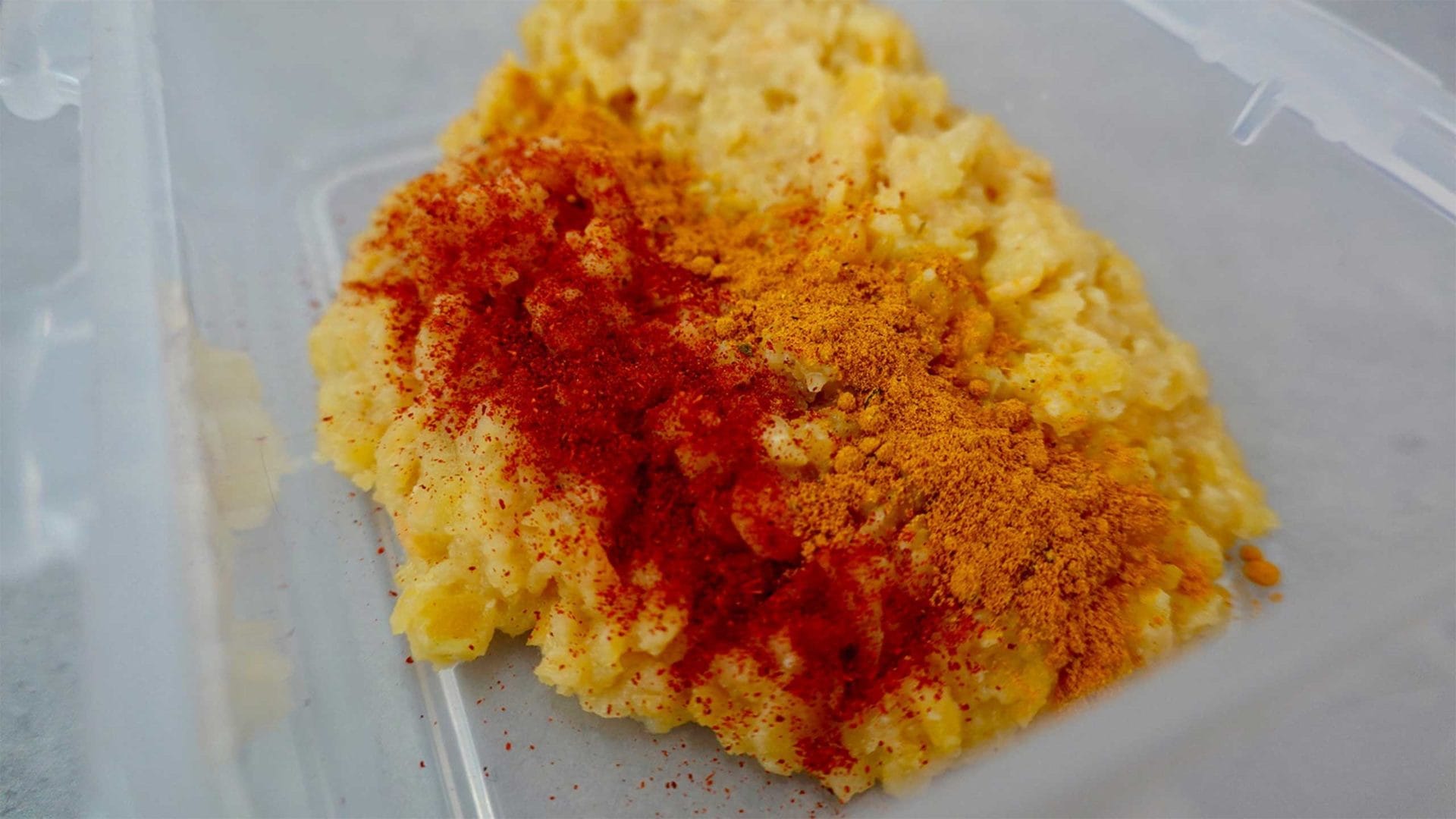
Quince apple jam
The term jam is actually incorrect but we like the colloquial term marmalade better than jam. So as long as it is not printed on the package, we can talk about jam. Basically it’s absurd anyway, because marmalade comes from marmelo, Portuguese for quince. Which, in our case, somehow fits.
Because we still had a few quinces from the last harvest covered with newspaper, stored in a box in the cool cellar. Since the harvest, a pleasant floral fragrance surrounds them. Quince belongs to the rose family and is widely used in natural medicine. It has anti-inflammatory and hemostatic effects and stimulates digestion. In addition, quinces also have a very high content of natural pectin, which provides consistency in the production of jam.
For our quince jam we juice the apples and quinces. Quinces already have an extremely floral smell by nature, which spreads very intensely when juicing, the peel alone smells incredible. We sieve the juice once briefly. Then we put it on the stove with sugar and a little lemon and cook the jam batch for 1-1.5 hours. In the process, the juice reduces, the pectin binds and we get a naturally cloudy jam. We saved one quince, cut it into small cubes and cook it in. This gives our jam a certain bite.
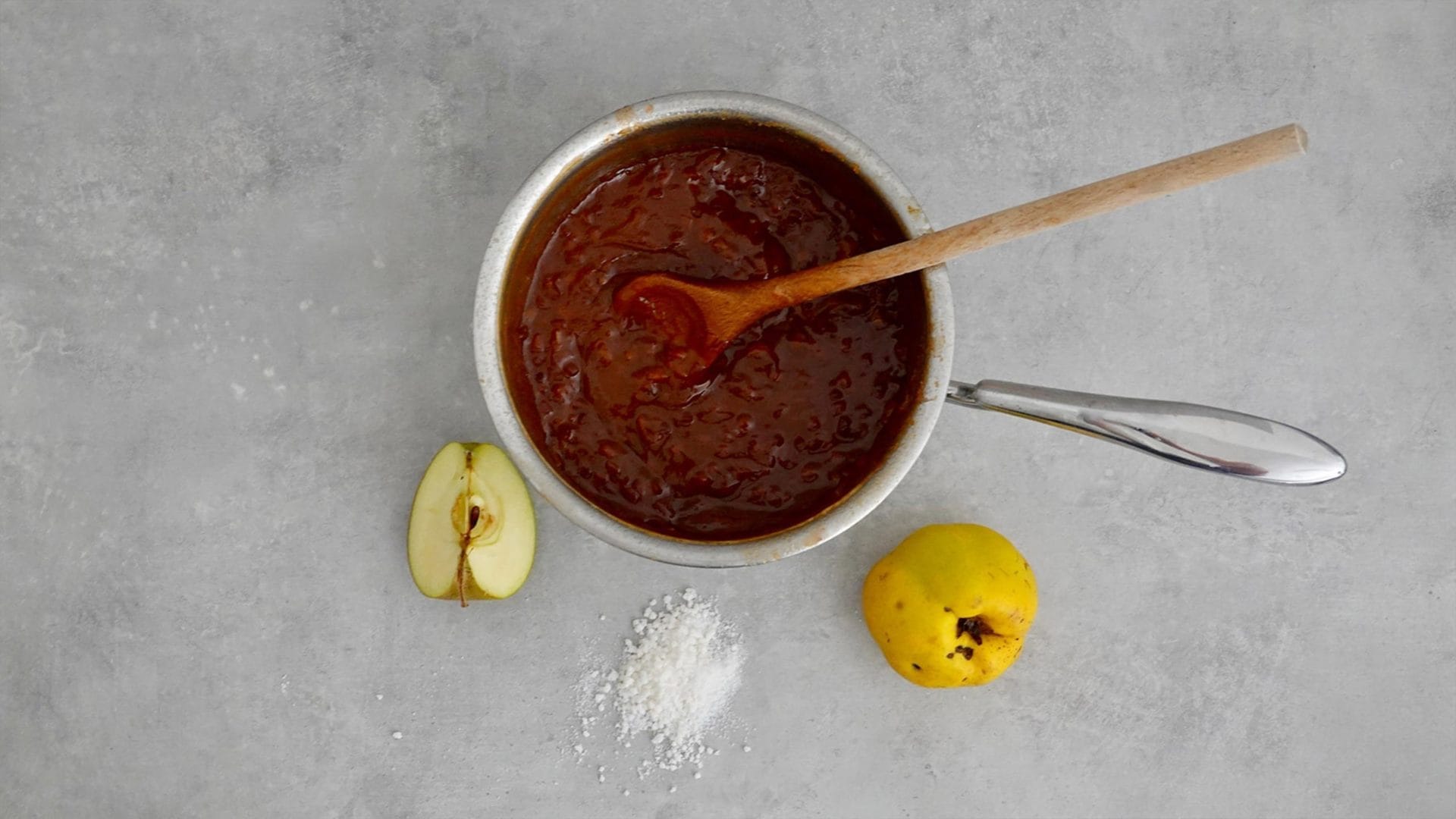
So much for the apple as a sweet and savory spread.

